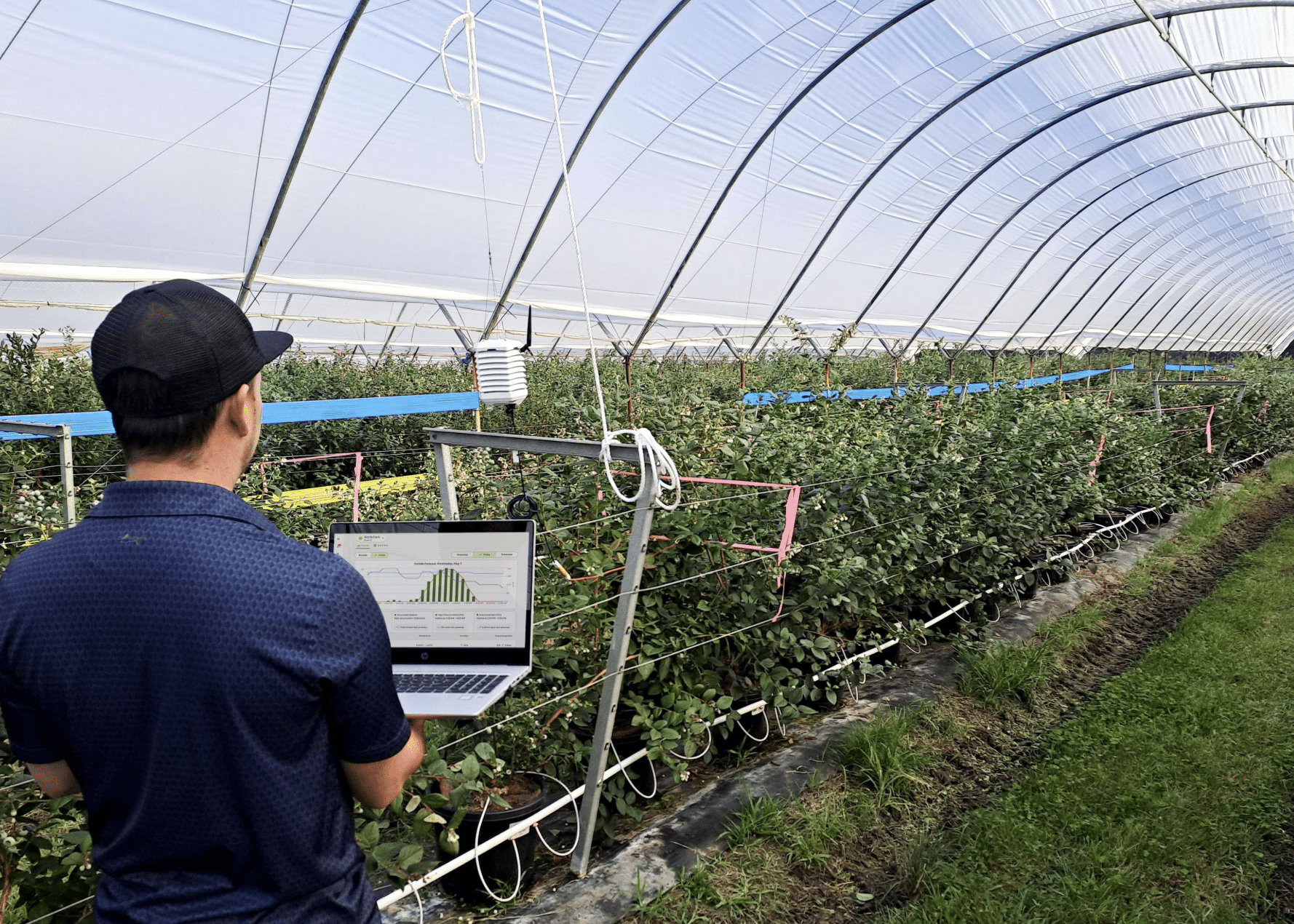Key Takeaways
- WayBeyond has deployed its FarmRoad platform within Costa Group’s Variety Improvement Program (VIP), focused on blueberry R&D.
- This marks FarmRoad’s first integration into Costa’s breeding operations, expanding from prior use on commercial farms in Morocco, India, and Laos.
- The platform will support data-driven decisions on variety performance across diverse trial sites.
- WayBeyond’s expansion underscores the platform’s suitability for cross-functional, multi-country R&D operations in horticulture.
- The deployment aligns with Costa’s broader efforts to enhance efficiency and resilience through agronomic innovation.
WayBeyond Integrates FarmRoad into Costa Group’s Breeding Operations
WayBeyond (Profile) has announced a new milestone in its partnership with Costa Group, integrating its FarmRoad platform into Costa’s Variety Improvement Program (VIP)—a long-standing initiative for evaluating blueberry varieties. While FarmRoad was already in use within Costa’s commercial Berry International operations, this new deployment marks its first role within the company’s breeding and R&D workflows.
FarmRoad will help Costa’s research teams collect and analyze climate and varietal performance data across international trial sites, enabling more targeted selection of varieties for future commercialization.
Platform Designed for Data-Driven Variety Selection
Costa Group’s General Manager of International Horticulture, George Jessett, noted the importance of technology in supporting resilient production systems: “Data and technology play an important role in enhancing our capacity to mitigate the risks of extreme weather and to pioneer new agronomic practices, such as growing berries out of the soil in substrate under protective cropping.”
Insights from FarmRoad will allow Costa to be more efficient in selecting viable blueberry varieties across different climate conditions, contributing to long-term crop performance and resource efficiency.
Scalable Enterprise Platform Gains Further Traction
WayBeyond CEO Darryn Keiller emphasized that the platform’s shift from commercial to R&D use reflects long-term applicability and enterprise-grade scalability. “With Costa Group, we’re now supporting the entire lifecycle—from variety evaluation to global production. That’s what it means to be an enterprise platform in horticulture.”
Since its inception, FarmRoad has processed more than 3.5 billion data points across crop, climate, and irrigation domains. The company continues to position itself as a long-term infrastructure partner in global horticulture.
Investor Outlook and Future Growth For WayBeyond
WayBeyond’s continued expansion comes amid growing investor interest in AgTech solutions designed for resilience and efficiency. According to Keiller, the focus is shifting toward technologies that enable better food production decisions rather than short-term gains.


